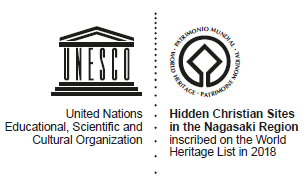Kasuga Village and Sacred Places in Hirado is a collective name for the former Hidden Christian village, a mountain and an island in the northwest of Hirado Island that provided focus for the Hidden Christian faith. Kasuga Village is located on the western coast of Hirado Island in a valley extending down from Mt. Yasumandake, east of the village. In Kasuga Village, there are remains of Catholic graves on Maruoyama Hill dating back to the period of the initial introduction of Christianity to Japan, houses that keep Hidden Christians’ Nandogami, and Hidden Christian graveyards. In Mt. Yasumandake facing Kasuga Village and venerated by not only mountain worship practitioners before the introduction of Christianity to Japan but Hidden Christians, there are Hakusan-hime Shrine and its frontal approach way, associated stonework, the remains of Saizenji Temple, as well as the natural forests around the summit that were managed during the ban. Off the coast from Kasuga Village, there is Nakaenoshima Island, where a group of Japanese Catholics were executed. As a result, this island also came to be venerated as a martyrdom site by Hidden Christians.
In 1550, Catholicism was introduced to Hirado Island by Francis Xavier and it then spread to the western coast of the island after the baptism of the Koteda clan who ruled the area. A letter written by a Jesuit in 1563 reveals that Kumi, or small religious community units, had been established in Kasuga.
Later, however, the Matsura clan, who ruled Hirado Island, prohibited Christianity in their domain, and the Christian Koteda clan had to leave the island in 1599. Although Christianity was prohibited under the Tokugawa Shogunate, some underground missionaries visited Hirado from time to time. All missionary contact came to an end when Father Camillo Costanzo was martyred in 1622 in Hirado. In the complete absence of missionaries from then on, Hidden Christians in Kasuga Village had to maintain their religious communities themselves and then covertly passed down their faith to future generations under the guidance of the leaders of the Kumi.
Hidden Christians in Kasuga Village formed two religious communities which maintained their faith and tried to continue their religious faith by themselves. In the leaders’ houses there were Buddhist and Shinto altars, in addition to a separate closed room called the Nando where Hidden Christian devotional tools were concealed; those tools were called Nandogami. The Hidden Christians worshipped Mt. Yasumandake as a sacred place for their faith. It had been an object of ancient mountain worship long before the introduction of Christianity to Japan.
Situated to the east of Kasuga Village at an altitude of 536 meters, Mt. Yasumandake is the highest mountain in the Hirado area. Its wide expanse is covered by lush primeval forests of Japanese evergreen oak (Quercus acuta). Hakusan-hime Shrine and its frontal approach, the stonework at the summit, and the remains of Saizenji Temple are also important features on the mountain. Hakusan-hime Shrine was established in 718, and is also known as Hakusan Gongen. The shrine building at the summit was reconstructed during the modern period, while both the Torii gate and the approach way paved with stones were built before the Edo period. Behind the shrine are various types of stonework, including a small stone shrine that Hidden Christian villagers of Kasuga called Kirishitan Hokora (or literally a Hidden Christian shrine). Saizenji Temple, close to the Hakusan-hime Shrine’s approach, was established at the same timing as the shrine, and ruins of its foundation stones, pond and stone structures still remain. It is known from a Catholic missionary’s letter written in the 16th century that a mountain-based Buddhist group led by Saizenji Temple had significant influence in the area during the latter half of that century, calling itself ‘Yasumandake’, and this group was hostile to missionaries. During the ban on Christianity, an approach was opened connecting Kasuga Village and the mountain summit and used by the villagers to offer prayers to the mountain. In a Hidden Christian prayer titled ‘Kamiyose-no-Oratio’ that has been cherished since the period of the ban, the mountain is respectfully called ‘Yasumandake-sama’ or ‘Yasumandake-no-Okunoin-sama’ (or literally ‘Inner temple of Yasumandake’), demonstrating that the mountain was an important object of worship for the Hidden Christians as well.
Nakaenoshima Island is an uninhabited island located about 2 km off the northwestern coast of Hirado Island, extending about 400m from east to west and 50m from north to south. Its highest point is 34.6 meters above the sea level. There are various records of Japanese Catholics executed on this island by the Hirado clan in the early stages of the ban on Christianity. The island was venerated by Hidden Christians in Kasuga and other villages on the western coast of Hirado Island as a martyrdom site. There, they carried out a ritual called the Omizutori (or literally ‘water-drawing’) ceremony to collect the holy water that seeped out from the stones.
In such ways, the mountain and the island provided focus for Hidden Christians’ worship and thus helped to sustain their faith.
In 1865, the news of the Discovery of Hidden Christians at Oura Cathedral immediately reached the Hidden Christians in Hirado. This opened a new phase for the Hidden Christian villagers of Kasuga. Catholic devotional tools created outside Japan in the 19th century and kept as one of the Nandogami in Kasuga Village suggest that Hidden Christians had contacted missionaries from the Paris Foreign Missions Society. However, the Hidden Christian communities in Kasuga did not rejoin the Catholic Church, even after the lifting of the ban on Christianity, and instead decided to continue their faith in their own manner nurtured during the ban. Their tradition gradually declined during the 20th century, and nowadays the descendants keep the devotional items and practise their faith individually rather than in an organisational manner.
 Kasuga Village and Sacred Places in Hirado (Kasuga Village and Mt. Yasumandake)
Kasuga Village and Sacred Places in Hirado (Kasuga Village and Mt. Yasumandake)
 (Ⅰ) Beginning of the absence of missionaries and hiding of Christians
(Ⅱ) Hidden Christians' endeavours to continue their religious faith
(Ⅲ) Hidden Christians' endeavours to maintain their religious communities
(Ⅳ) The transitional phase triggered by contact with missionaries, leading to the end of Hidden Christians' hiding
(Ⅰ) Beginning of the absence of missionaries and hiding of Christians
(Ⅱ) Hidden Christians' endeavours to continue their religious faith
(Ⅲ) Hidden Christians' endeavours to maintain their religious communities
(Ⅳ) The transitional phase triggered by contact with missionaries, leading to the end of Hidden Christians' hiding


























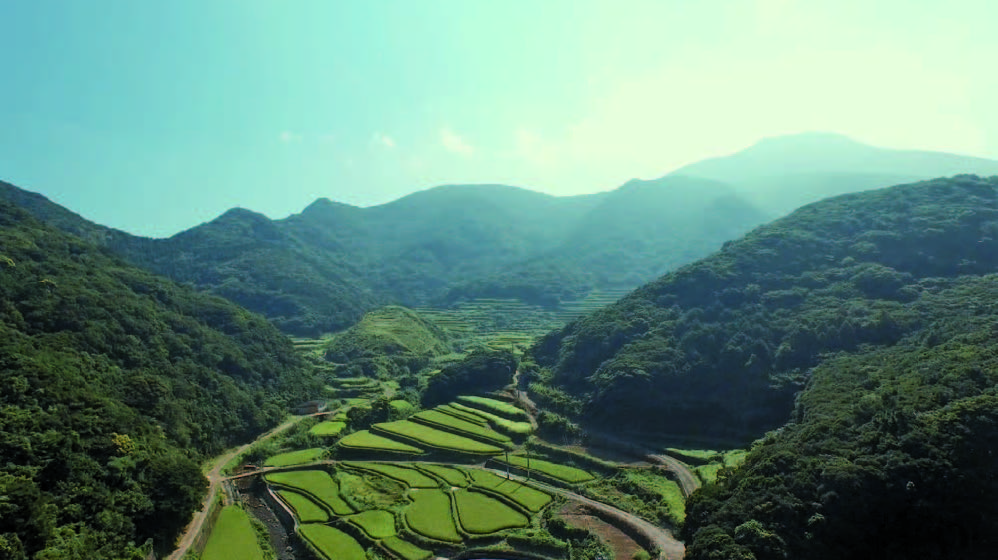

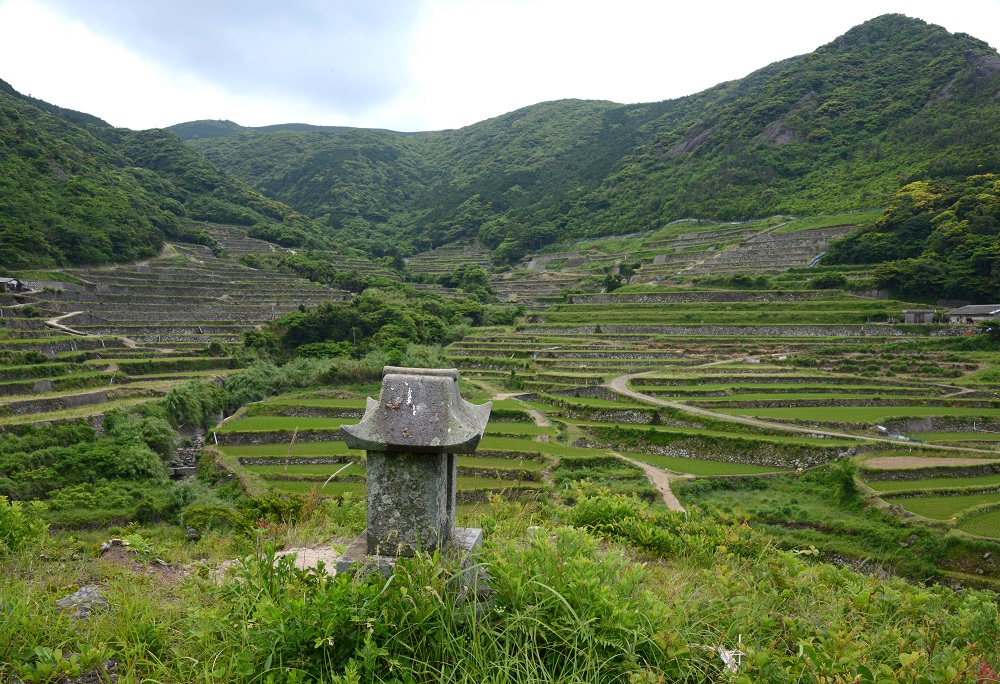

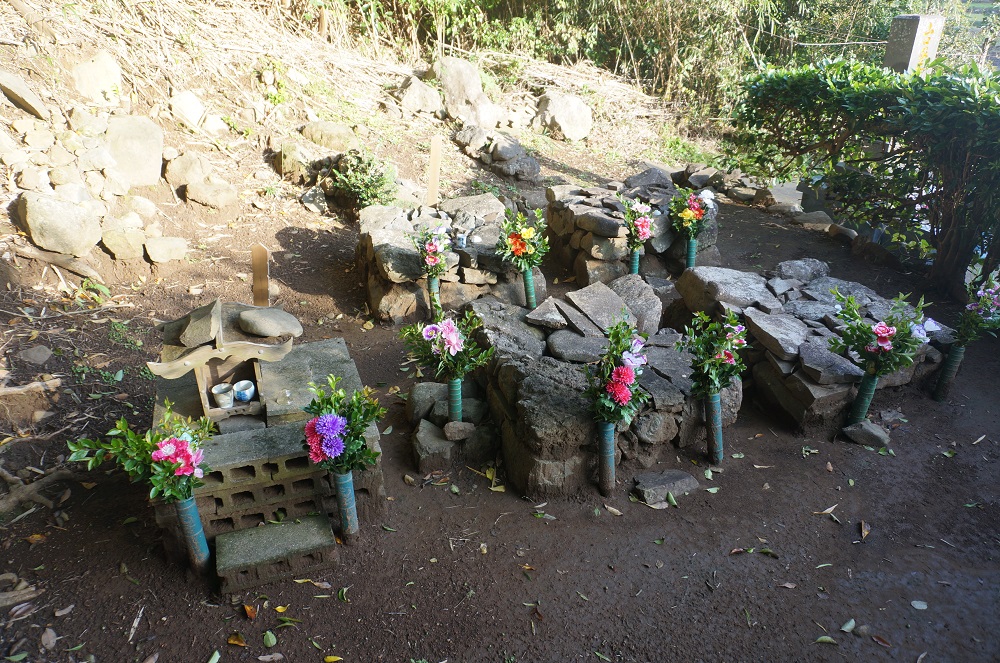

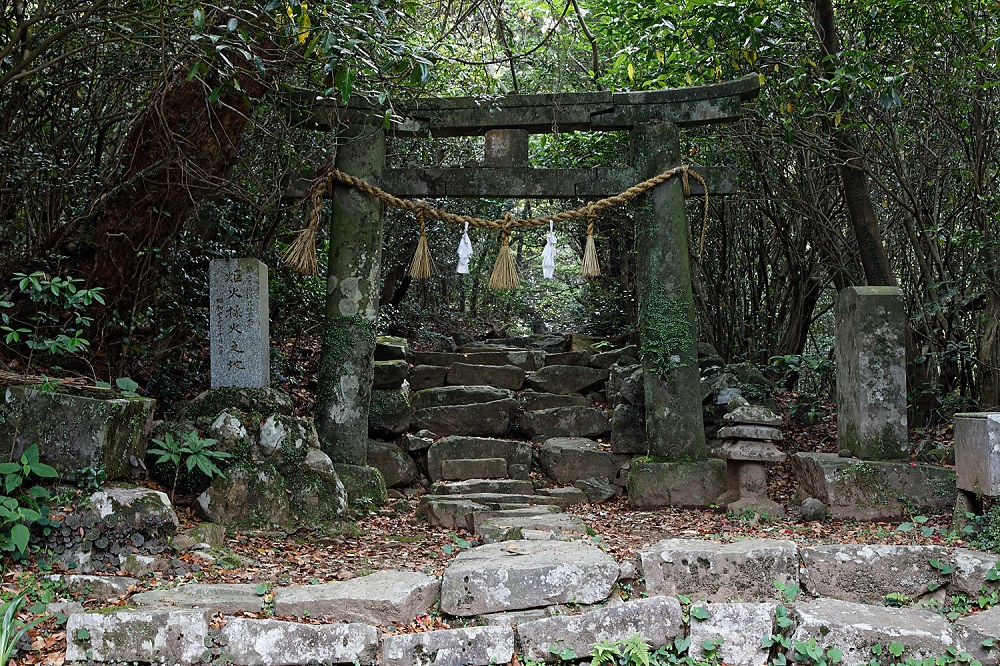

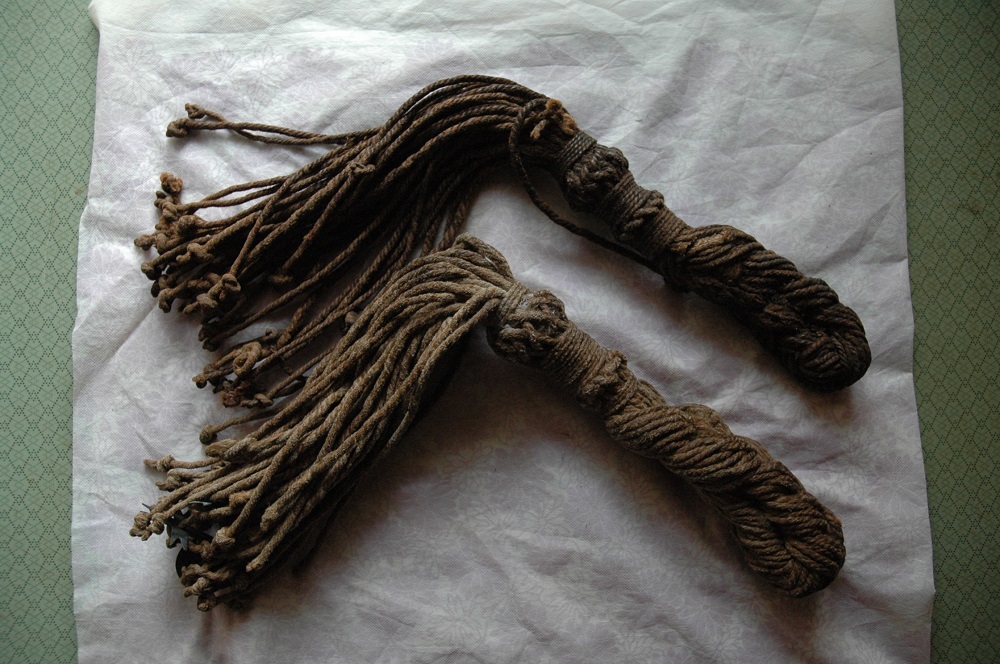

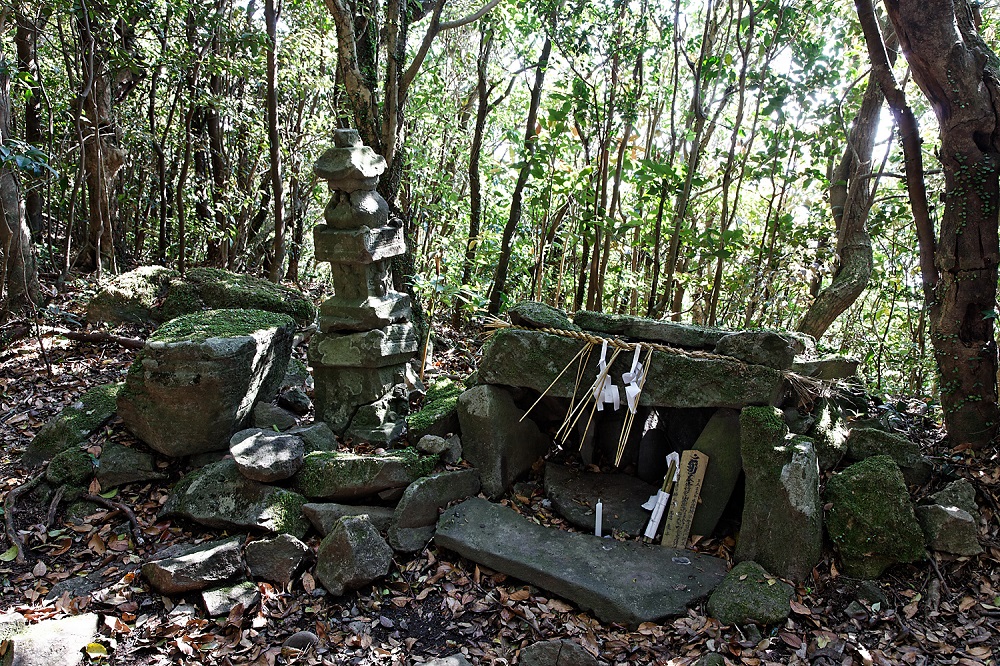

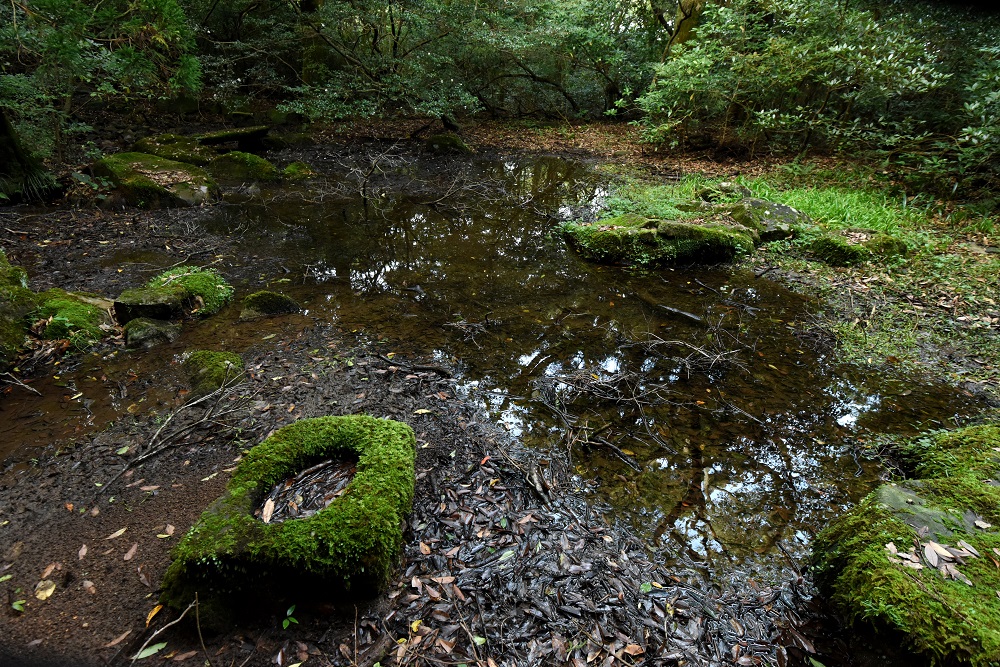

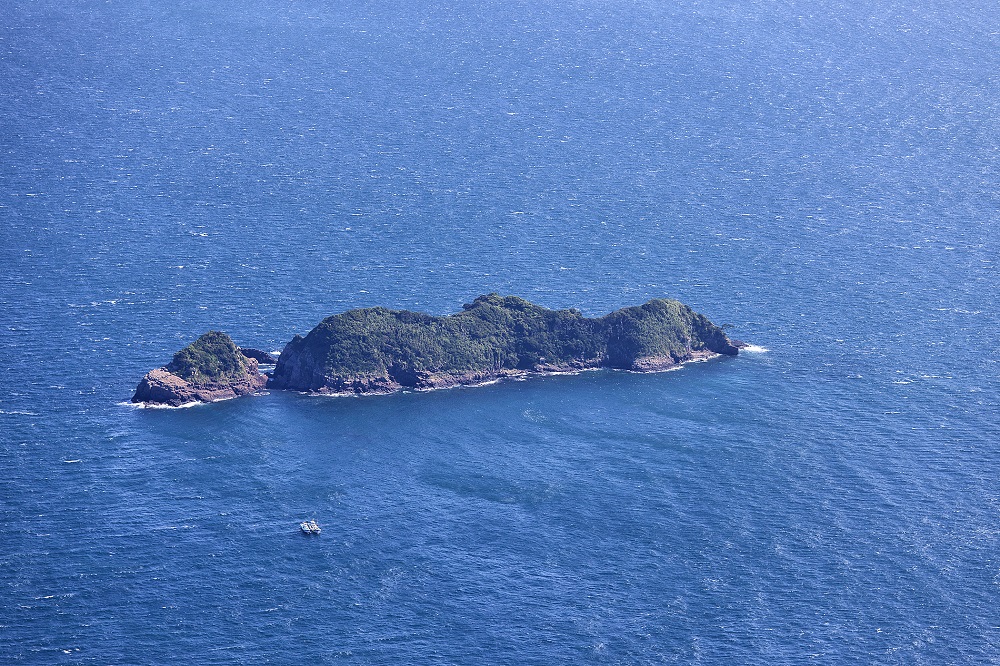

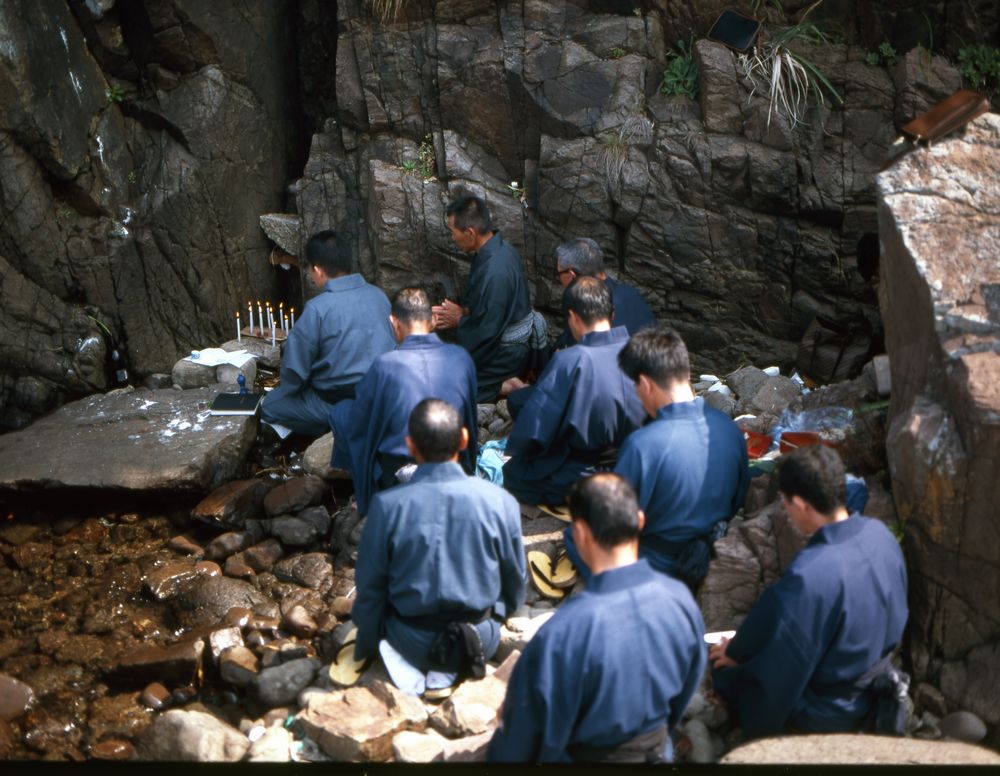






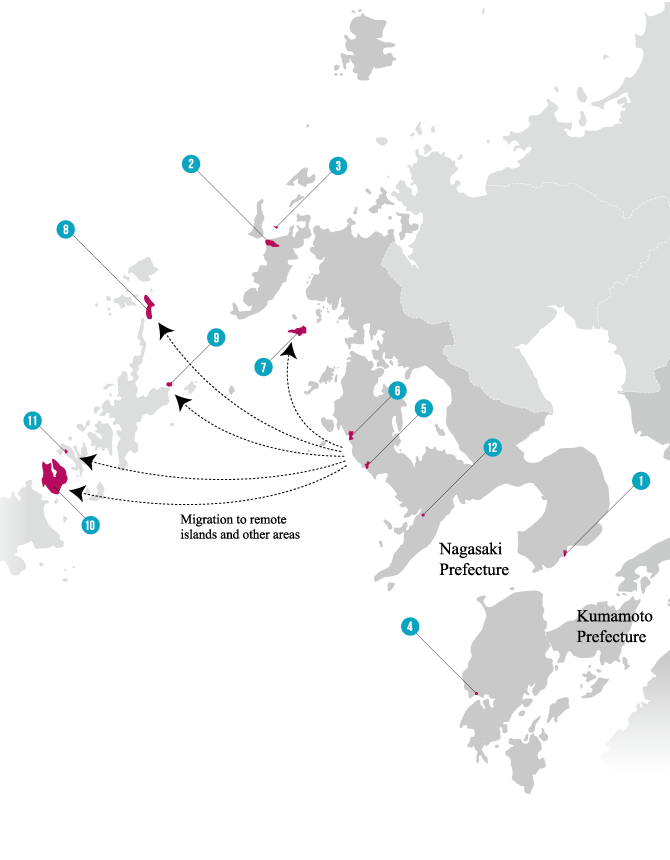
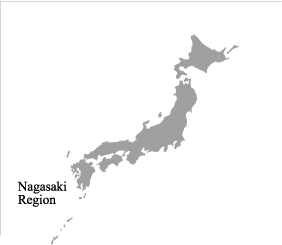

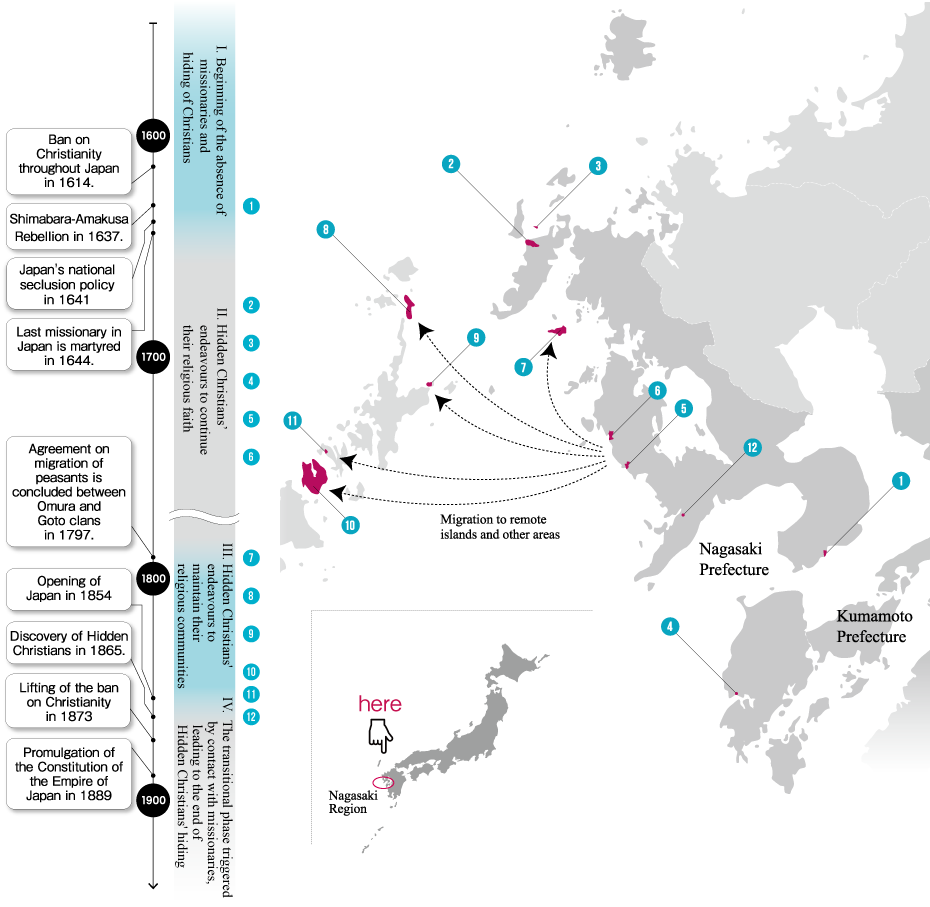
 Remains of Hara Castle
Remains of Hara Castle Kasuga Village and Sacred Places in Hirado
Kasuga Village and Sacred Places in Hirado Kasuga Village and Sacred Places in Hirado
Kasuga Village and Sacred Places in Hirado Sakitsu Village in Amakusa
Sakitsu Village in Amakusa Shitsu Village in Sotome
Shitsu Village in Sotome Ono Village in Sotome
Ono Village in Sotome Villages on Kuroshima Island
Villages on Kuroshima Island Remains of Villages on Nozaki Island
Remains of Villages on Nozaki Island Villages on Kashiragashima Island
Villages on Kashiragashima Island Villages on Hisaka Island
Villages on Hisaka Island Egami Village on Naru Island
Egami Village on Naru Island Oura Cathedral
Oura Cathedral